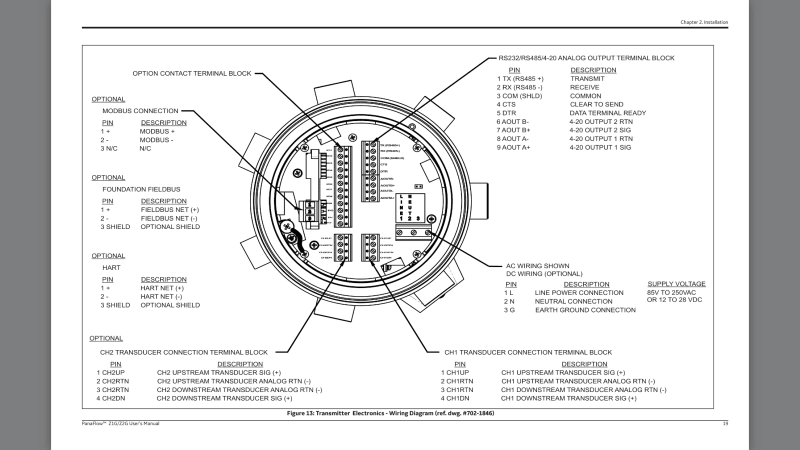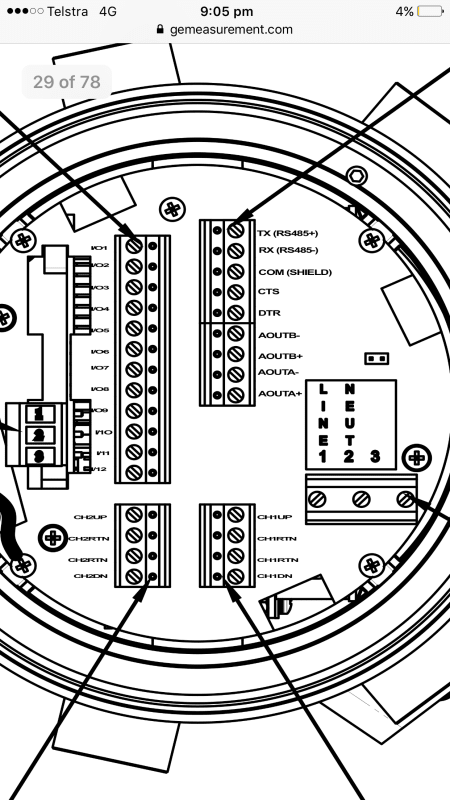Hi All
I need to confirm the compatibility of a HART transmitter with a HART analog input moodule.
The complication is that the transmitter has two separate set of terminals for 4-20mA output and HART. It does not have a single pair of terminals for 4-20mA/HART.
This may be a stupid question but can I connect the HART terminals in parallel with the 4-20mA terminals and send them to the 4-20mA/HART analog input channel?
Has anyone come across this situation before?. Thanks.
I need to confirm the compatibility of a HART transmitter with a HART analog input moodule.
The complication is that the transmitter has two separate set of terminals for 4-20mA output and HART. It does not have a single pair of terminals for 4-20mA/HART.
This may be a stupid question but can I connect the HART terminals in parallel with the 4-20mA terminals and send them to the 4-20mA/HART analog input channel?
Has anyone come across this situation before?. Thanks.


